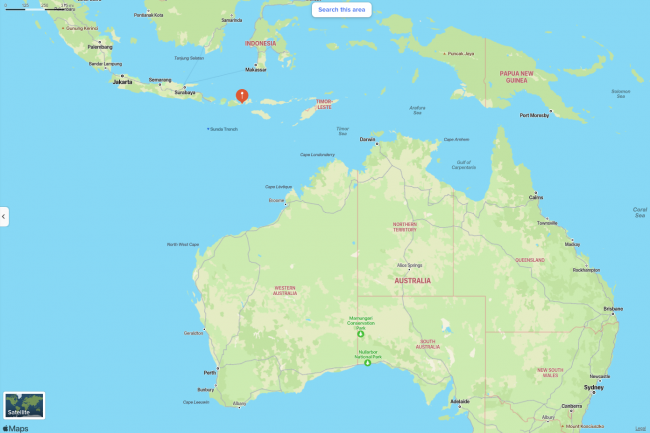Learning from the past – The 1815 volcano that covered the world
On April 5, 1815, the Indonesian island of Sumbawa (to the north of Australia) was alerted to the sounds of the Tambora mountiain coughing up ash and fire as the volcano awoke. People hundreds of miles away recalled that it sounded like cannon fire. These small eruptions continued for days until April 10th when the whole mountain exploded. Three plumes of fire and rock shot upwards, merging into one massive blast. Lava flowed out of the volcano and engulfed the village below. Midday felt like midnight for weeks as ash continued to fall, piling as high as two feet in some places.
Throughout the world, people stared in awe at vibrant sunsets over the coming months but little did they know that disaster would follow. In the coming year, the weather would turn unpredictable and be devastating to many.
Because of this eruption, in India, temperatures dropped and thousands were killed from cholera (infection in the small intestines which leads to watery diarrhea, vomiting, and muscle cramps). In China, the normally mild climate was disturbed with summer snowstorms and brought flooding rain that destroyed crops. In Europe, food supplies dwindled leading to starvation and panic. In North America, 1816 was called the year without a summer where there was snowfall and frosts that ruined entire crops. Thousands of people throughout the world had to flee and relocate during this period because of effects caused by the volcano.
To the people all over the world at that time without news and social media explaining what was going on, these events must have felt apocalyptic. The Mount Tambora volcano was the most powerful volcanic eruption in recorded human history ejecting 38-51 cubic miles of material into the atmosphere. It is mind boggling to think that a small mountain on the other side of the world could affect the entire world killing 10,000 from the initial explosion and 90,000 from famine and disease in the coming years. Our world is so fragile where a drop in 0.7-1.3°F can cause so much devastation.
Previous episode of Learning from the past: Otzi the Iceman
-
Comments (3)
-
